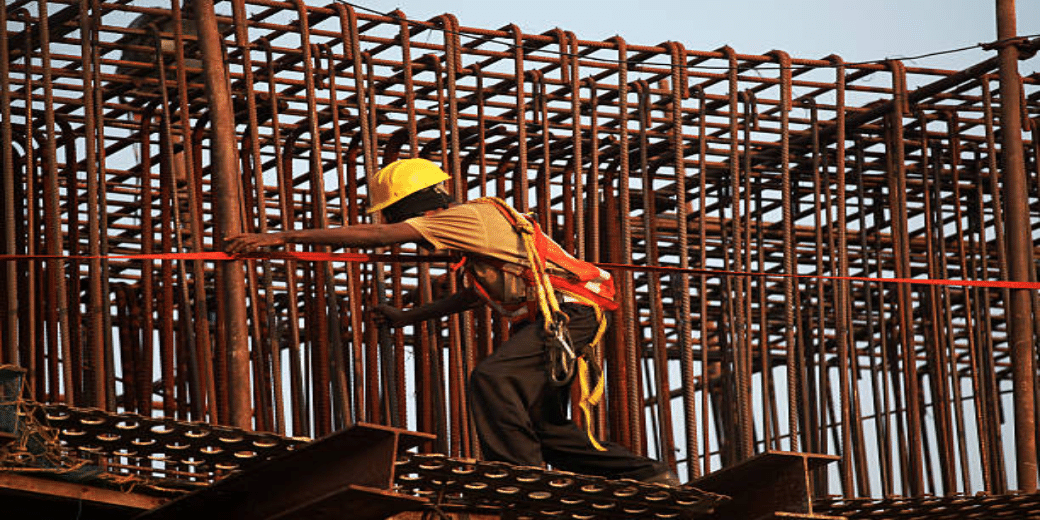Thanks to infra, urban consumption might be masking rural demand: SBI Research
Data on sluggish rural demand may not be entirely reflective of the true state of consumption in the country, a report by SBI Research has claimed.

Data on sluggish rural demand may not be entirely reflective of the true state of consumption in the country, a report by SBI Research has claimed, trying to back up their claim with the argument that improving infrastructure is making it possible for country folk to travel to the cities to buy stuff that gets recorded as urban consumption.
“A farmer can travel many kms easily to buy and sell things and these purchases will be counted in urban numbers (implying less numbers captured for rural and semi-urban areas) even though they are bought by primarily rural populace,” SBI researchers said in a report published on March 11.
The report seems to be an attempt of the country’s biggest bank to explain the widely reported lukewarm consumption in rural India contrasted against a spurt in urban demand. Data such as sluggish sales of two-wheelers, higher demand for MGNREGA jobs (often a proxy for under employment and unemployment) and poor demand in the FMCG sector as cited by sector majors have been cited to highlight the problem in rural consumption.
SBI Research analysts also observed that the significant rise in the income of self-help groups could also count as a factor driving the shift in consumption pattern. They argued it has been aided by improved banking linkages and availability of credit.
When benchmarked against FY19, the money credited to accounts of female SHG members is about 2.8-times more in rural areas and 3.2-times more in semi-urban areas in FY24.
“72.7% of Rural SHG POS transactions are in Metro Region and are outside their districts…. Rural SHG members also spend considerably well in Semi-Urban and Urban regions,” the report mentioned.
The SBI report also mentioned how a rising share of rural ATM transactions in metro and urban regions besides rising UPI payments through mobile phones are being recorded in the country. The report said there is a leg up for women in terms of labour force participation, thanks to the support provided by self-help groups. “With the rise in income of female SHG members, rural female LFPR (labour force participation rate) is also rising,” the SBI report observed.
Latest data from the ministry said rural female labour force participation rose to 47.3% in rural areas compared with 37.5% in the previous year and 36.8% in 2021.
SBI researchers also pointed out SHGs might boost the number of “lakhpati didis” in all Indian states by FY27. A “lakhpati didi” is a member of a SHG who earns an annual household income of Rs 1 lakh or more.
“Female SHG members of Haryana, MP, West Bengal, and Jharkhand are expected to cross annual income of Rs 1 lakh in one year … SHG members of UP, Maharashtra, Chhattisgarh, and Rajasthan may take 2 more years in earning annual income of Rs 1 lakhs,” the report noted.
In her budget speech Union finance minister Nirmala Sitharaman announced that the government has drawn up plans to create 30 million “lakhpati didis”. She also claimed that there were already 10 million such women in the country.